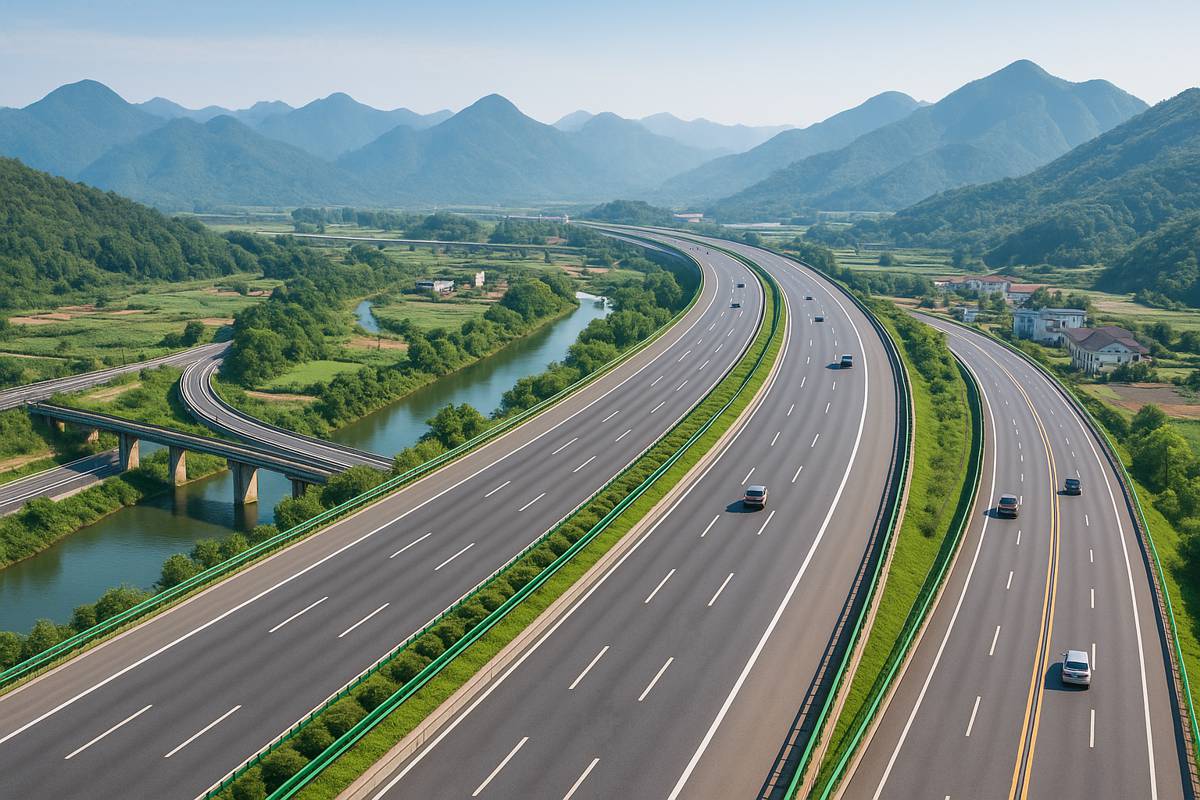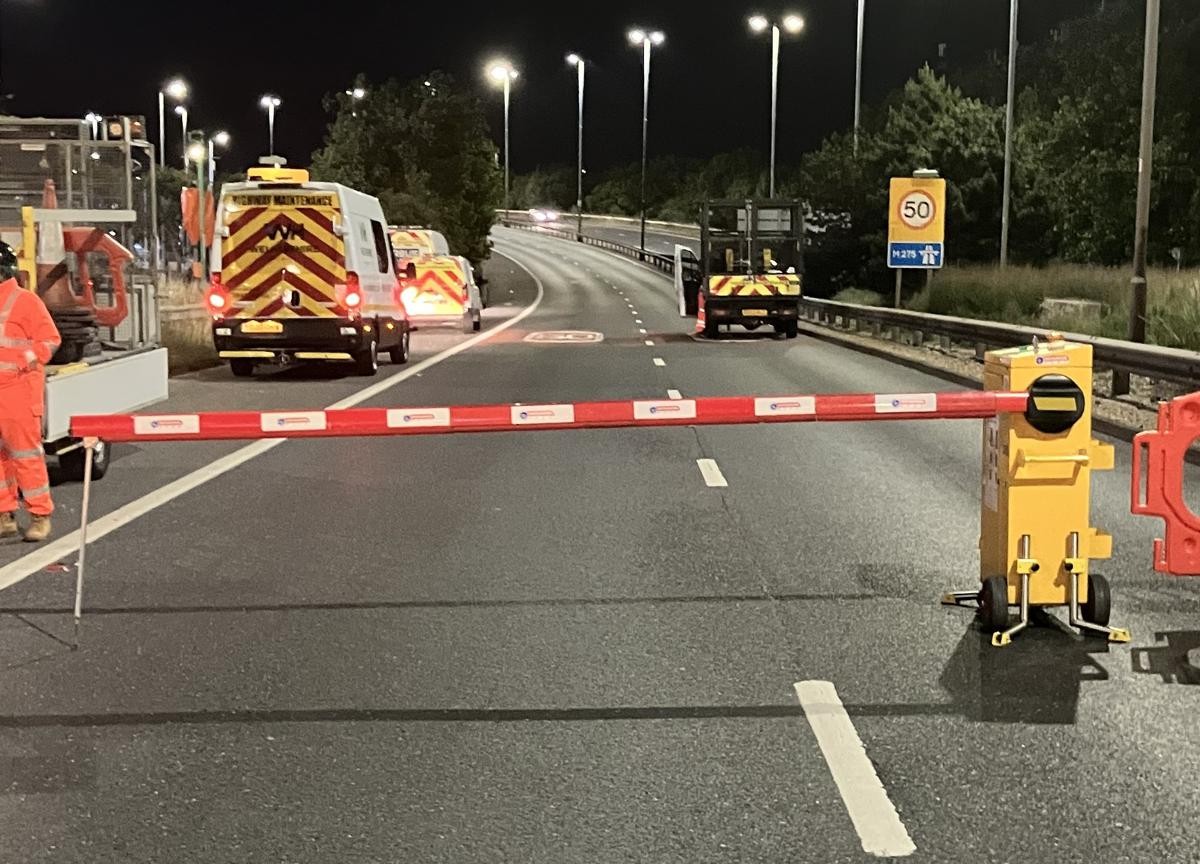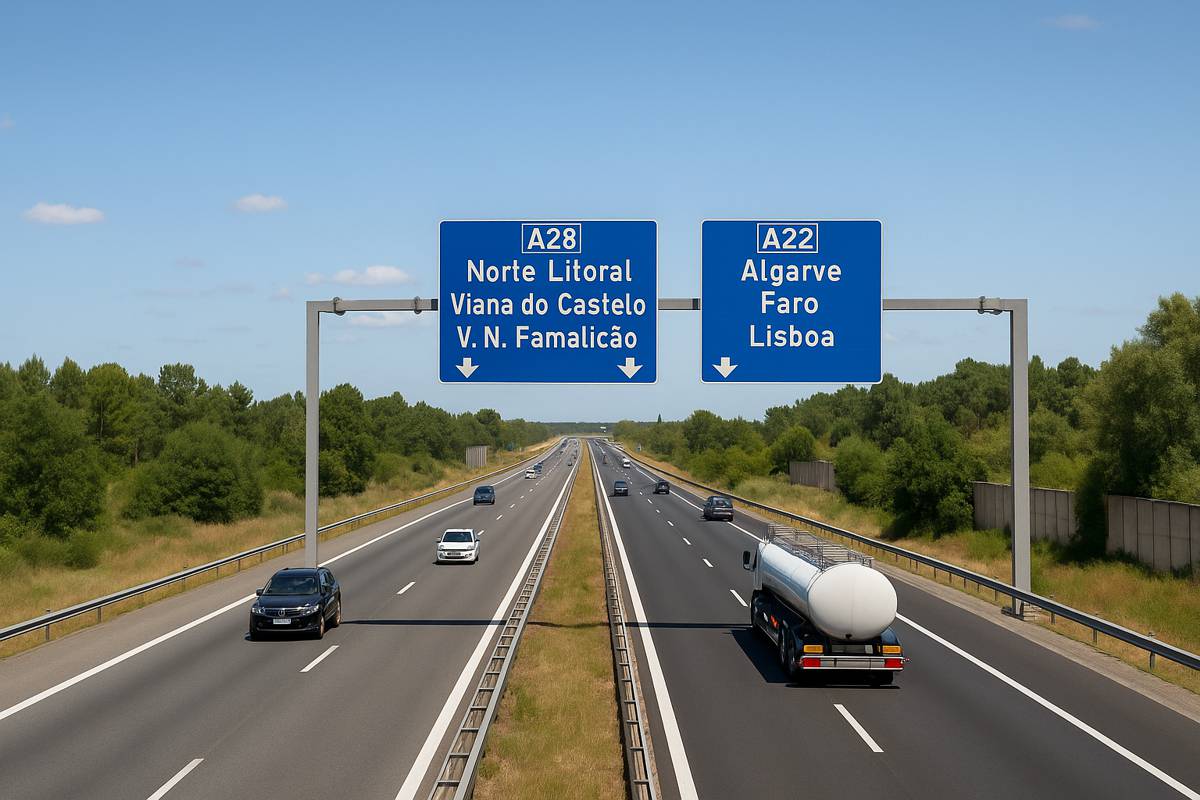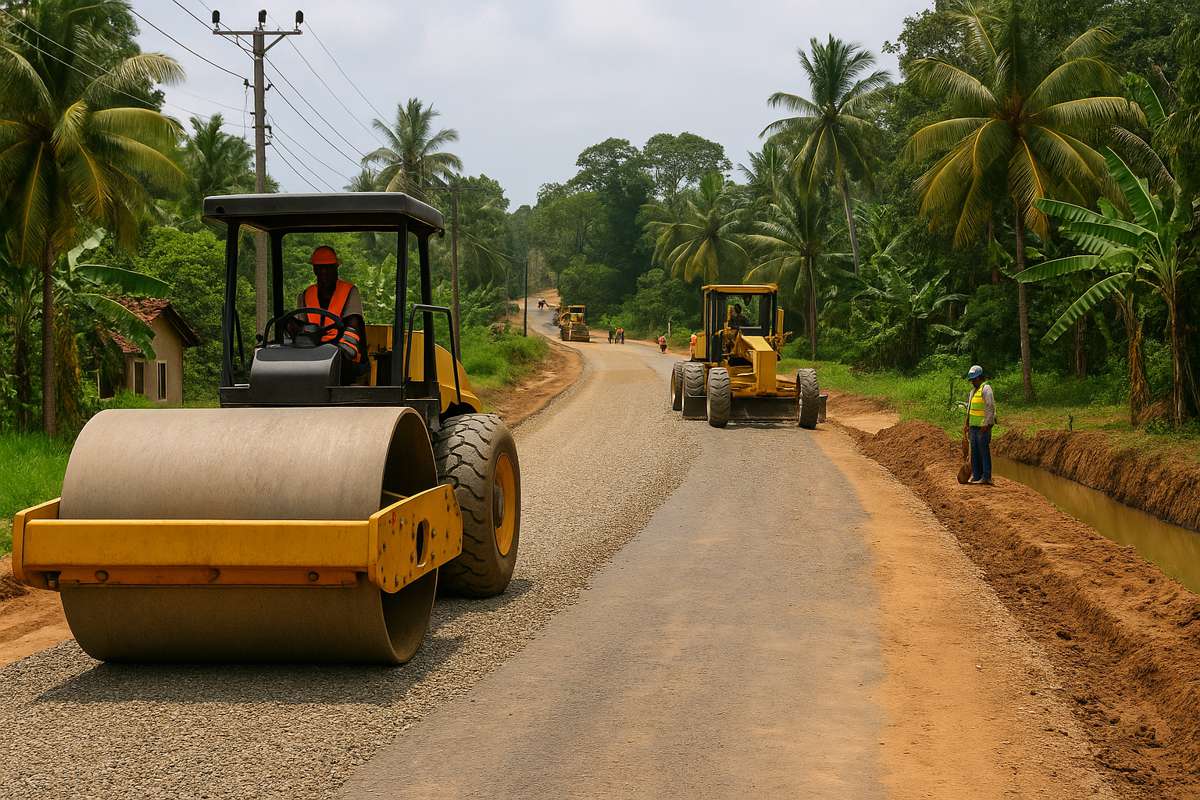EBRD road projects in Georgia and Tajikistan are highlighting drone potential
Are we on the cusp of a new era for the transport sector, one driven by disruptive technologies, such as the aerial survey drone, which are about to revolutionise the countries where the European Bank for Reconstruction and Development (EBRD) works, such as Georgia and Tajikistan? Or will that sector – and others – be able to resist such disruption? And, if so, for how long? This was the question recently discussed on how drones will transform the Road Department of Georgia’s Ministry of Regional Development and Infrastructure.
The EBRD just published a position paper on ‘disruptive technology and innovation in transport’ and the arguments presented were put to the test in a real life situations. One opportunity soon presented itself in the form of the North-South Corridor (Kvesheti-Kobi) Road Project co-financed by the EBRD. And another project, this time in Tajikistan as part of the Obigarm-Nurobod Road Project, will also provide a testing ground for the new technology.
Testing drone potential
Essentially, a drone is a flying robot that can be remotely controlled or fly autonomously using software-controlled flight plans, working in conjunction with on-board sensors and GPS.
Drones are increasingly used in the transport sector to improve operational efficiency, save money and time and increase safety. The technology has been used to inspect bridges and tunnels, as well as monitoring traffic and in logistics delivery.
Infrastructure can be inspected and made more resilient through remote inspections and multi-spectral imagery, with drones providing an interoperable platform capable of more frequent and precise measurements.
Maintaining roads, bridges and tunnels at the optimum level can be very costly. Inspecting the deck of a bridge, for example, could take four workers an entire eight-hour shift to complete. This would also involve heavy-duty equipment and could cost nearly US$5,000.
In addition, a traditional bridge inspection would need to take place during the daytime and would require the re-routing of traffic, which would have additional cost implications.
Our colleagues from the Road Department of Georgia’s Ministry of Regional Development and Infrastructure well understood the additional economic burden of traditional supervision techniques and were keen to test new ways of inspecting some of their assets which are more difficult to reach.
Simply put, using a drone to inspect the same bridge would require only two people, no heavy-duty equipment and limited traffic control and monitoring, with the entire process taking about two hours. This would provide significant savings of staff and equipment and improve efficiency and safety.
In Tajikistan one other particular benefit of drones has been crucial, their ability to mitigate the impact of climate change.
In 2017, the country suffered 720 avalanches, 41 mudflows and 23 landslides, costing the government almost USD $100 million in emergency expenditures. When such disasters strike, they can have far reaching consequences. Households are destroyed. Roads are flooded. All this results in the loss of food, income and access to markets for a substantial amount of time.
Drones by themselves are not the solution to these problems, of course. But they can help. Aerial imagery and processed maps have proven to be very effective at verifying initial data from the ground and helping to understand the extent of floods and their impact on communities.
As part of the Obigarm-Nurobod road project the EBRD is working with Tajikistan’s Ministries of Transport and Ministry of Finance to address the threat from natural disasters with emerging new technologies not only for emergency response but also for predictive maintenance and analytics.
When a drone is combined with artificial intelligence-powered software systems act as predictive tools, the resulting aerial imagery can help identify flood-prone, drought-prone or other vulnerable areas, leading to much more effective emergency preparedness and response.
This is just the beginning
Across our regions, governments have started requesting EBRD support in harnessing the transformative power of data and new technologies such as drones.
Drone technology is only one of several revolutionising the way the transport sector is organised and managed, paving the way for new services and business models allowing countries to leapfrog into the new digital era. Big Data, the Internet of Things and Artificial Intelligence are also bringing about radical change.
To ensure that society is ready for these new technologies, governments, policymakers and parliaments will need to have a thorough understanding of the challenges ahead and make the right investment decisions in both infrastructure and education to avoided stranded assets.
Digitisation changes everything. Every industry is already feeling its impact. Some companies, afraid that such innovation could put them out of business, will aim merely to survive the resulting disruption.
The EBRD is ideally placed to help them do much more and can really help them make the most of the exciting opportunities this new era offers.




















